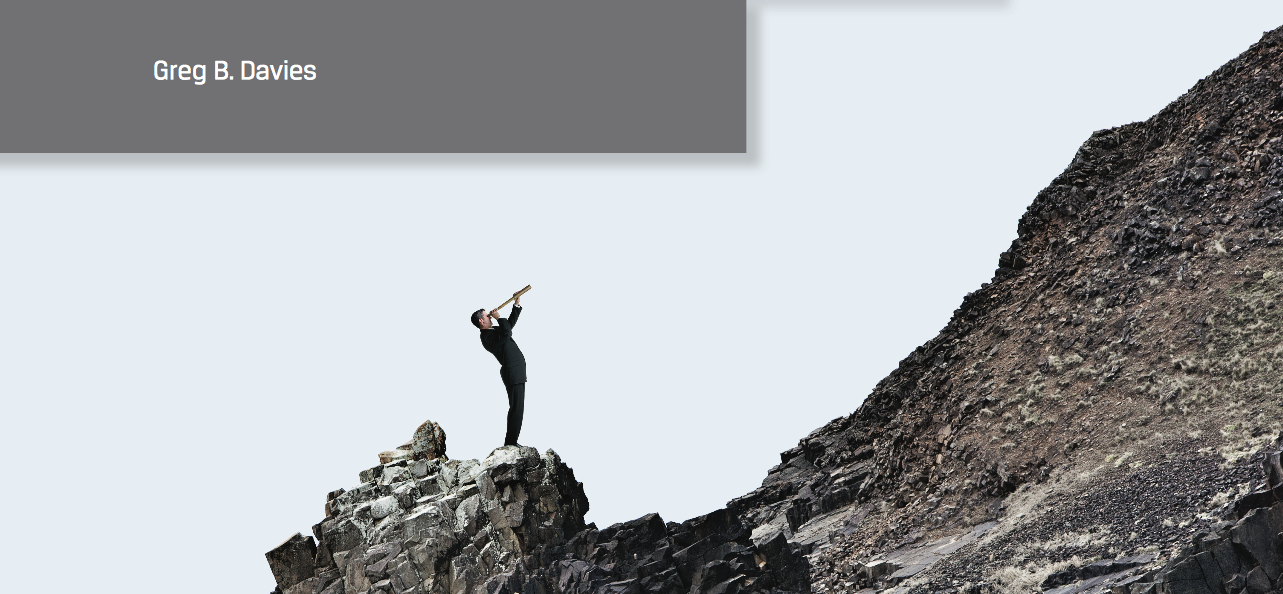23 Jan Allocating risk requires measuring both investments and investors
In last week's superb FT article on matching investors to investment risk, (Risk, the retail investor and disastrous new rules) John Kay rightly points out the foolishness of using recent historical volatility as a proxy for (future) investment risk. However, whilst focussing on the problems with establishing the risk of investments, he only briefly touched on determining appropriate risk levels...





